A Brief Overview of Gary
Nestled along the southern shore of Lake Michigan, Gary, Indiana, has a rich history rooted in the steel industry. Once a bustling city with a diverse population, Gary has faced significant challenges over the years due to the decline of the steel industry and subsequent economic hardships. However, it still holds a special place in the hearts of many who have lived or visited there.
Founding and Early Years: A City Built on Steel
Gary was established in 1906 by the United States Steel Corporation as a company town to support its Gary Works plant. Named after Elbert Henry Gary, the founding chairman of the corporation, the city experienced rapid growth in its early years.
The steel industry provided numerous job opportunities, attracting a diverse population of immigrants and African-American migrants during the Great Migration.
Gary’s growth and prosperity led to a bustling downtown area with department stores and architecturally significant movie houses. However, the city also experienced unrest during the steel strike of 1919, resulting in martial law and the deployment of federal troops to restore order.
Post-World War II: A City in Decline
The decline of Gary began in the 1960s as the steel industry faced growing competition from overseas manufacturers.
As a result, U.S. Steel laid off thousands of workers in the Gary area, leading to a downward economic spiral. The decline persisted despite attempts to bolster the city’s economy through significant construction projects.
In 1968, the city experienced riots, leading to the National Guard’s deployment and strict curfews implementation. This unrest further contributed to Gary’s struggles, as its population began to shift and the city faced increasing racial tensions.
Racial Changes and Political Shifts
Gary’s population underwent significant changes after the middle of the 20th century, with a growing percentage of African-American and Hispanic residents. This demographic shift led to political changes, with Gary electing one of the nation’s first African-American mayors, Richard G. Hatcher, in 1967.
Despite the challenges faced by the city, Gary remained a hub of African-American culture, hosting the groundbreaking 1972 National Black Political Convention.
Mayors of Gary, Indiana (1967-Present)
| Year | Mayor | Party |
|---|---|---|
| 1967-1987 | Richard G. Hatcher | Dem. |
| 1987-1991 | Thomas V. Barnes | Dem. |
| 1991-2006 | Scott L. King | Dem. |
| 2006-2011 | Rudy Clay | Dem. |
| 2012-2019 | Karen Freeman-Wilson | Dem. |
| 2020-Pres | Jerome Prince | Dem. |
U.S. Steel’s Legacy in Gary
U.S. Steel remains a major steel producer but now employs a fraction of the workers it once did in Gary. The city has struggled to establish a new economic base, and while two casinos opened along Gary’s lakeshore in the 1990s, they have not been enough to revitalize the area.
Today, Gary continues to grapple with the challenges of a Rust Belt city, including unemployment and decaying infrastructure.
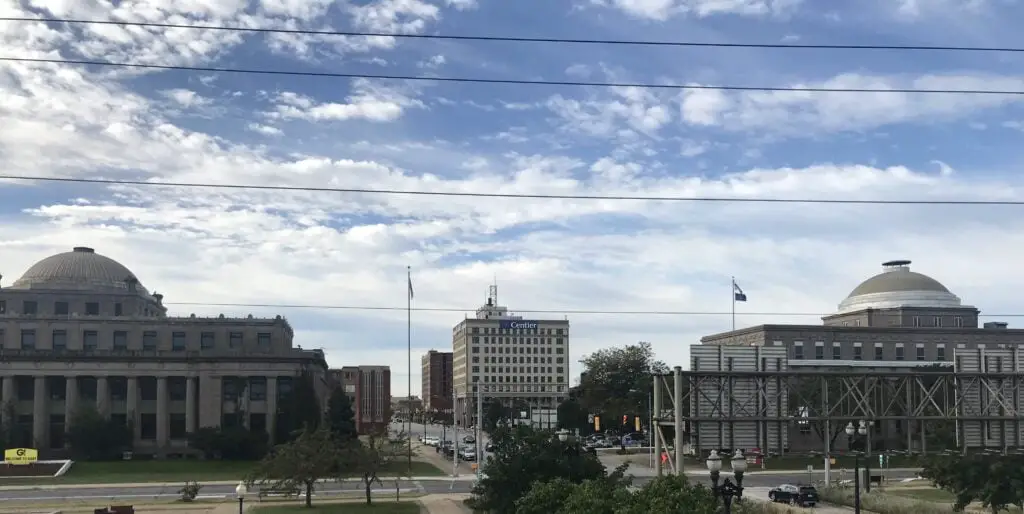
Recent History: Struggles and Renewal
Over the past decades, Gary has faced difficult decisions over the past decade, such as closing several schools due to budget deficits. Additionally, the city has experienced political scandals, with its chief of police convicted of excessive force and abuse of authority in 2008.
But in recent years, Gary has been working towards revitalizing the city by attracting new businesses, rehabilitating abandoned properties, and fostering community engagement.
In addition, the city has made efforts to create a more business-friendly environment by offering incentives for entrepreneurs and establishing innovation hubs to support startups and small businesses.
One of the critical revitalization projects in Gary is the redevelopment of the city’s downtown area. The city has been renovating historic buildings and repurposing them for everyday use to attract new residents and businesses.
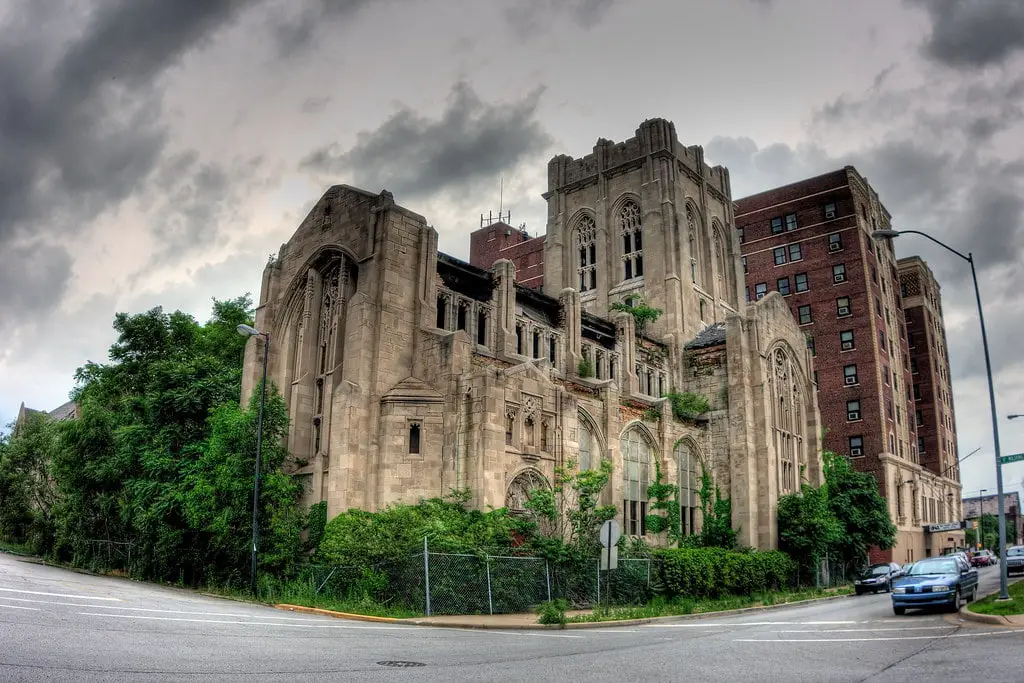
In addition, this ambitious plan includes creating mixed-use spaces, affordable housing, and new public amenities to foster a sense of community and pride among Gary’s residents.
Another significant development is the opening of the Hard Rock Casino Northern Indiana in 2021. The $300 million casino, featuring memorabilia from the Jackson 5 and a 1,950-seat performance hall, is expected to attract visitors and contribute to the local economy, further supporting the city’s revitalization efforts.
Gary Population Timeline
| Year | Population | % Change |
|---|---|---|
| 1960 | 178,320 | – |
| 1970 | 175,415 | -1.6% |
| 1980 | 144,953 | -17.4% |
| 1990 | 116,646 | -19.5% |
| 2000 | 102,746 | -11.9% |
| 2010 | 80,294 | -21.8% |
| 2020 | 70,093 | -12.7% |
Gary’s Cultural Impact
Gary has not only made a significant impact on the American industrial landscape but has also left its mark on various cultural aspects. The city’s cultural contributions are evident in music, film, and television, showcasing the undeniable talent that has emerged from this Rust Belt city.
One of the most notable cultural contributions from Gary is the Jackson family. As the birthplace of the iconic Michael Jackson and his talented siblings, Gary has played a crucial role in shaping American pop culture. The Jackson 5, with their unique blend of R&B, soul, and pop, symbolized Gary’s perseverance and talent in the face of adversity.
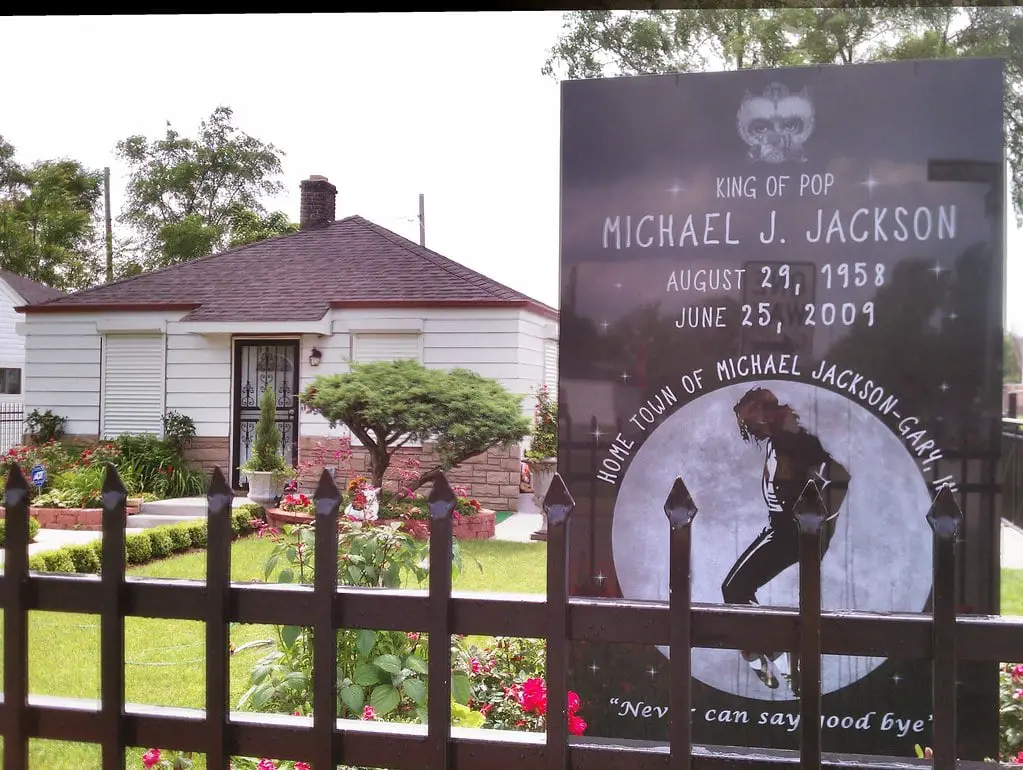
The Broadway musical “The Music Man” featured the song “Gary, Indiana,” illustrating the city’s prominence in the early 20th century. Although the portrayal of Gary in the song is more whimsical than accurate, it still highlights the city’s influence on American culture.
The city has also been a popular filming location, appearing in movies such as “A Nightmare on Elm Street,” “Original Gangstas,” and “Transformers: Dark of the Moon.”
In addition, the documentary “Life After People” also explores the deterioration and abandonment of certain parts of the city, offering a unique perspective on urban decay and resilience.
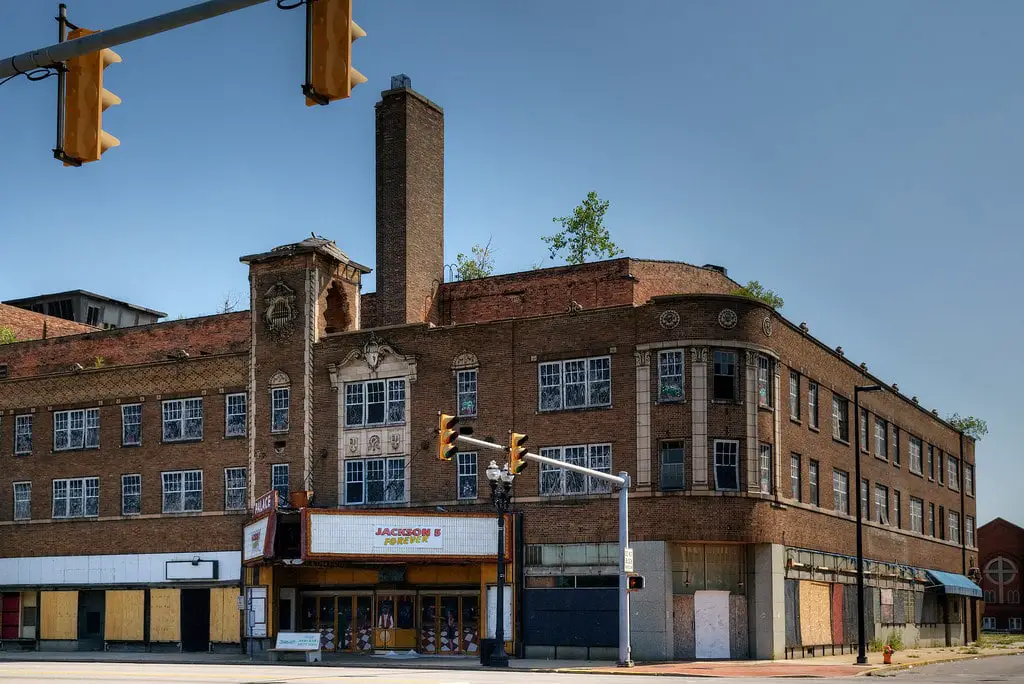
Architectural Marvels
Despite the economic decline, Gary has several architectural gems showcasing its rich history and diverse influences. For example, the Palace Theater, an atmospheric movie palace designed by John Eberson, opened in 1925 and was a central entertainment hub until its closure in 1972.
Although currently in disrepair, the theater’s striking facade and intricate plasterwork still captivate those who pass by.
The Gary Union Station, completed in 1910, is another example of the city’s architectural prowess. The Beaux-Arts style building is a testament to the city’s prosperous past, with its intricate terra cotta ornamentation and grand arches. Unfortunately, the station has been abandoned since the 1950s but remains an iconic landmark in Gary.
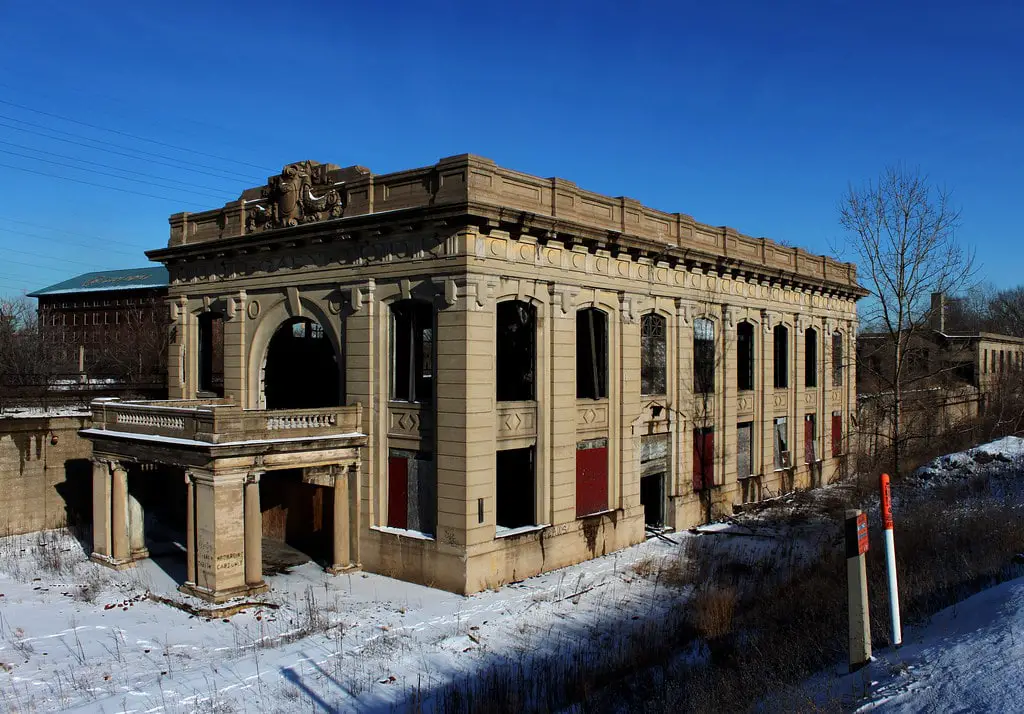
Conclusion
Gary, Indiana, has a rich and storied history, from its beginnings as a thriving steel town to its struggles and attempts at renewal.
Despite the challenges faced by the city, its cultural impact and contributions to American history cannot be denied. For those who have lived or visited Gary, it remains a place of nostalgia and fond memories.
